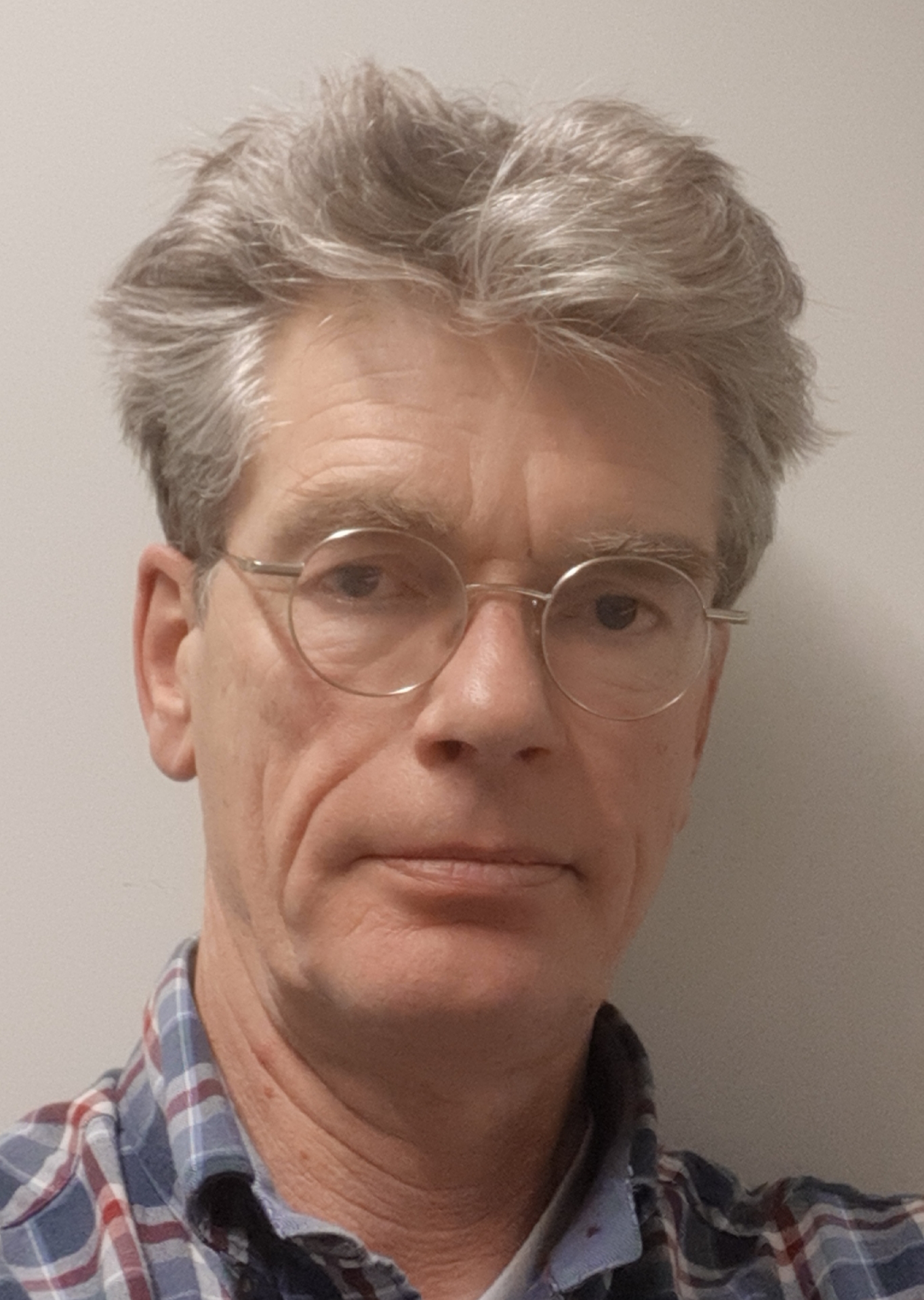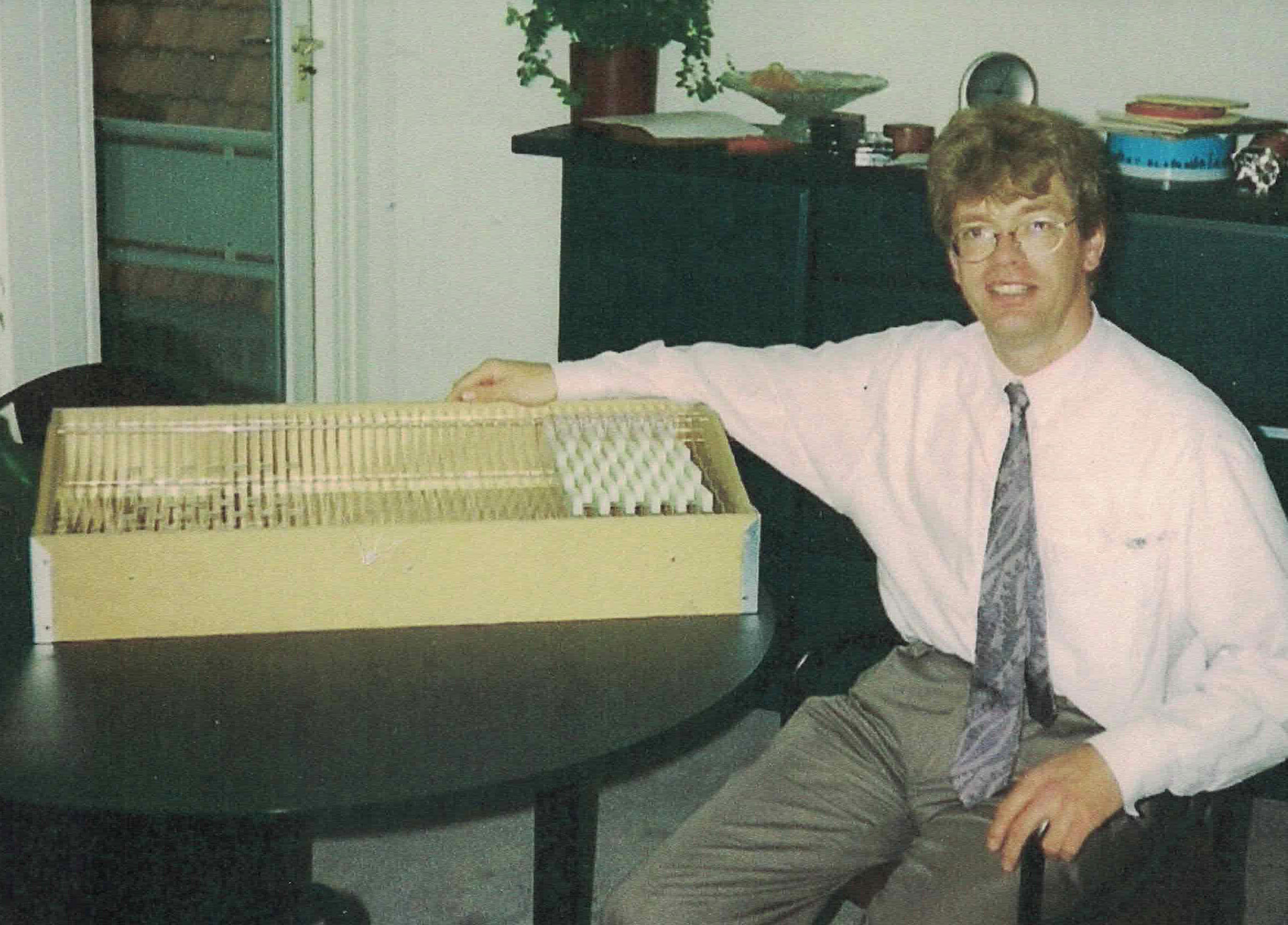

Meanwhile, what I found on the internet was mostly limited to number theory. Most of the few sound files I found were limited to single chords; hardly any complete works. Not much web content seems to be based on the author having actually heard music in just intonation. This website seeks to fill that gap and to substantiate the idea that just intonation is practicable.
My own experience is that it takes some time to get used to just intonation. Particularly a melodic rising major third sounded way too narrow to me in the beginning, but not anymore. Furthermore, I found that syntonic commas may sound all right if they occur in the middle voices of a progression.
If it all works out well, I would be very pleased to once see and hear somebody play an instrument based on the ideas here outlined. Indeed, the prototype keyboard is just that - no sound yet. Maybe one way or another, the means and the expertise to build a real instrument could be brought together.
Hence this website.

The author built a prototype keyboard around 1990 (photograph Jorine Janssen).